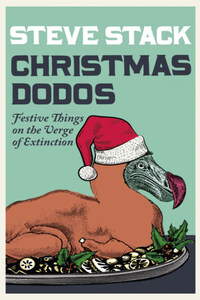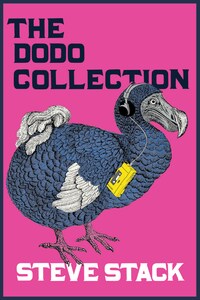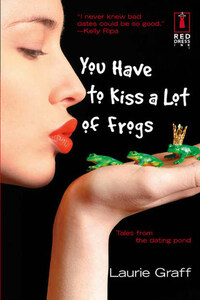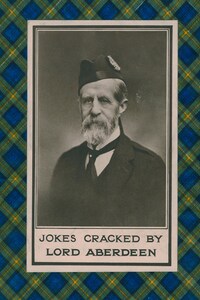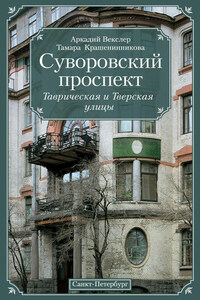It Is Just You, Everything’s Not Shit
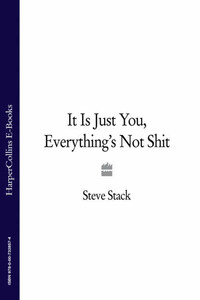
О книге
The Optimist’s Encyclopedia.In this A-Z of all things nice, Steve Stack takes the reader on an alphabetical tour of the good things in life.Trivial things such as dunking biscuits, drawing pictures in steamed up windows and the sound jelly makes.Big important things like falling in love, Nobel Peace Prize winners and the Internet.And pretty much everything in between from Lego to the shipping forecast, popping bubble wrap to meerkats with guest appearances from Sir David Attenborough, Oliver Postgate, Columbo and The Flaming Lips.It Is Just You, Everything’s Not Shit is the perfect gift for the cynic in your life. It will cheer up even the most miserable of old gits.
Автор
Вам будет интересно
